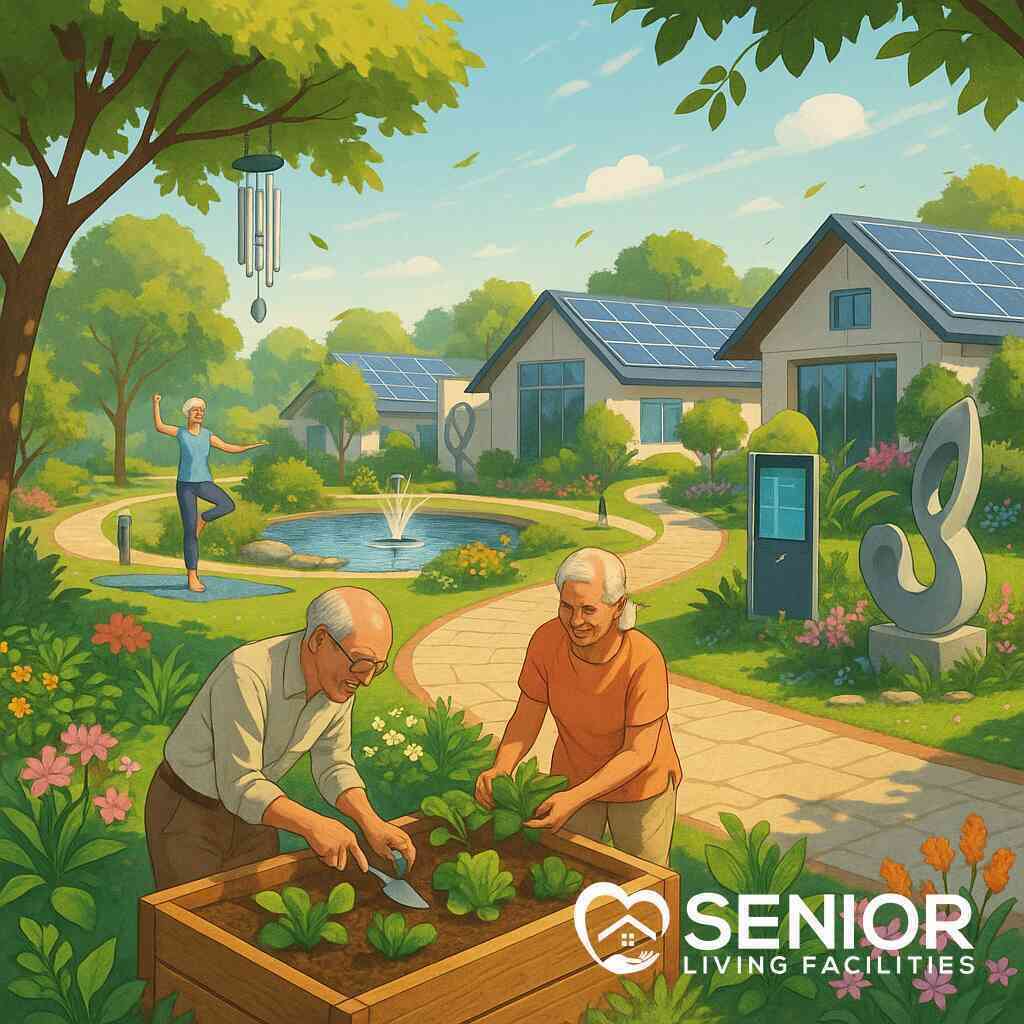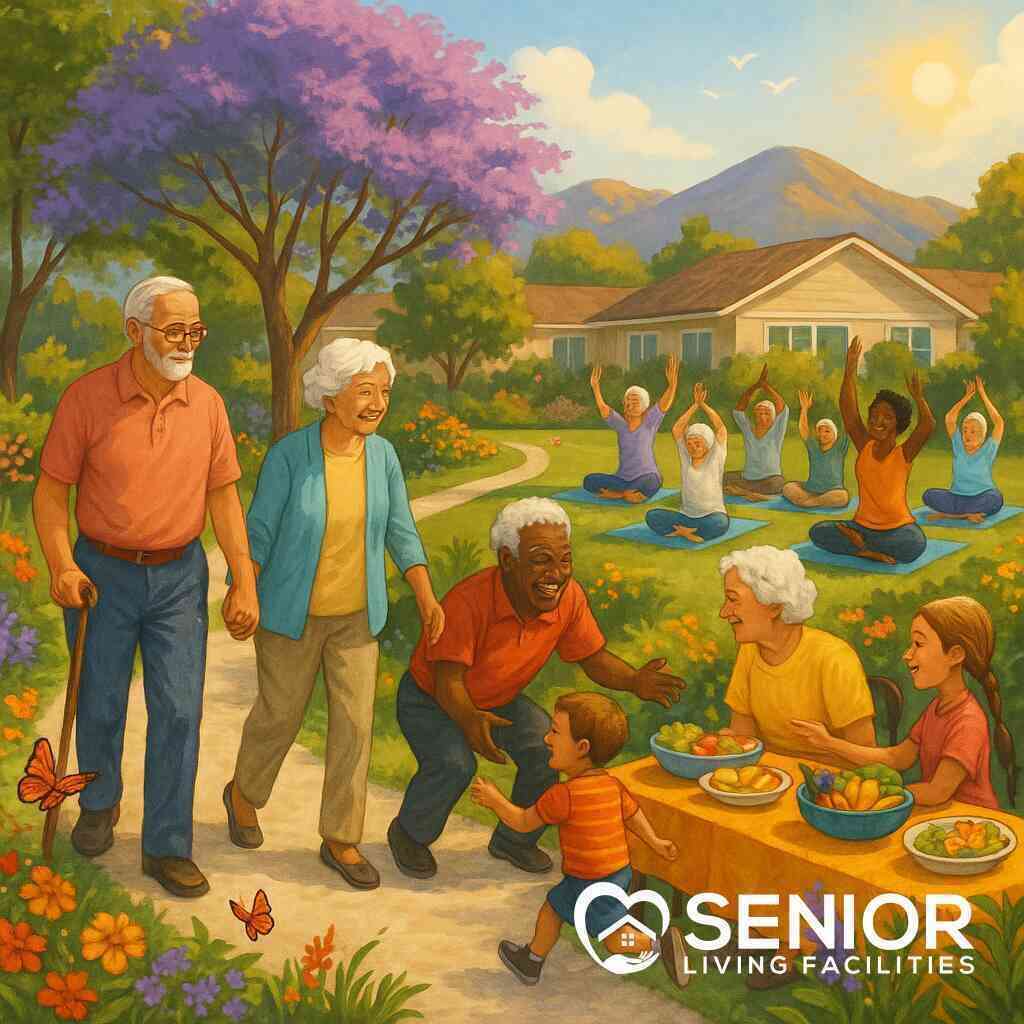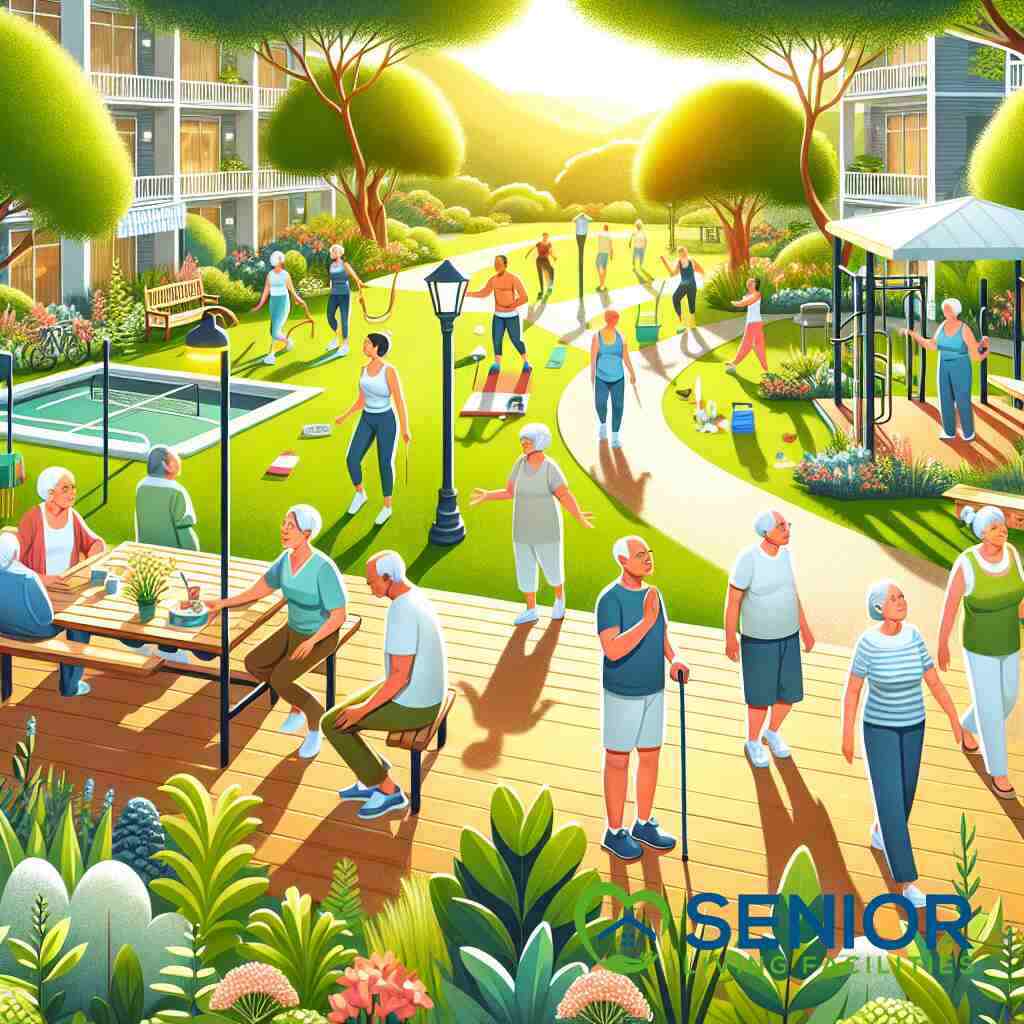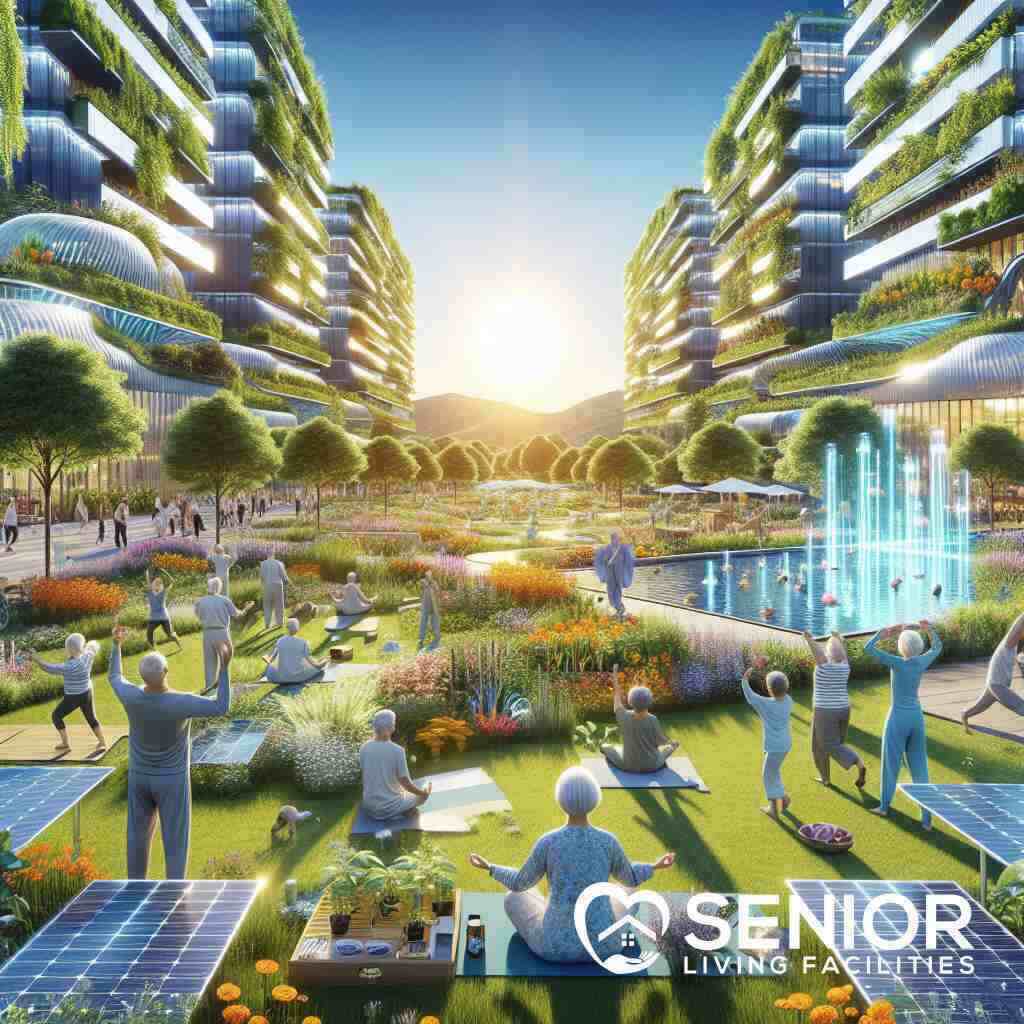
Decoding Senior Living Dynamics: A 2025 Perspective
July 5, 2025
Introduction: Charting New Directions for Senior Living
Reimagining Senior Living Dynamics
The landscape of senior living is undergoing a fundamental transformation as we head into 2025. Reimagining senior living dynamics means embracing a future where senior housing is not merely about care but about nurturing a vibrant community. This involves the integration of innovative senior care solutions for 2025, ensuring that every senior has the opportunity to live in an environment that prioritizes their well-being. Modern senior living facilities are more than just residences; they are ecosystems designed to foster growth, connection, and fulfillment. With diverse housing options for seniors, ranging from smart adaptations for aging in place to immersive senior living experiences, the industry is charting a new course.
2025 Vision for Senior Housing
As we progress into 2025, the vision for senior housing becomes more clear and comprehensive. It spans beyond providing shelter to envisage a continuum of care and connection. Senior housing in Florida, for example, epitomizes this vision by incorporating an array of senior living facilities tailored to meet the needs of its diverse aging population. The focus is on developing adaptive environments for seniors that accommodate evolving senior lifestyles and challenge traditional notions of retirement. The aim is to create resilient and responsive living spaces that support dynamic aging, promoting an ideal balance between independence and care.
Senior Living as a Catalyst for Change
The role of senior living is evolving as a catalyst for change, influencing how society perceives and supports its elderly population. Innovations in senior living are not only improving the quality of life for residents but are also reshaping community dynamics. Institutions are increasingly seen as vibrant hubs of activity, where seniors actively contribute to community life and their own well-being. The transformation of senior communities in Arizona, for instance, underscores how tailored wellness programs and progressive retirement living strategies can drive positive changes in societal attitudes towards aging. By reimagining senior living, we’re enhancing elder care advancements and setting the stage for a future that acknowledges the potential and needs of seniors in every community.
The Evolution of Senior Living: A 2025 Outlook
Transformative Housing Options for Seniors
As we venture into 2025, housing options for seniors are undergoing a radical transformation. These changes are fueled by the burgeoning demand for highly personalized and adaptable living arrangements that cater to the needs of each individual. From innovative architectures to comprehensive service packages, the focus is on enhancing mobility, accessibility, and leisure. Rental housing for seniors now encompasses a range of options designed to promote independence while ensuring access to care. In areas like Alabama, senior housing developments are setting a benchmark for adaptive living, making significant strides in redefining community engagement and quality of life for seniors.
Integrating Technology in Senior Living Communities
In senior living communities, the integration of technology is reshaping experiences and elevating care. Technology trends in senior living are now at the forefront of facility design and operation. Whether through smart home innovations or digital tools in senior care, technology is enhancing connectivity and efficiency within residential environments. These advancements enable seamless communication between residents, caregivers, and family members, fostering a robust support network. In states like New York, Senior living communities are leading the way by adopting cutting-edge technologies that amplify resident engagement and safety.
Redefining Aging Demographics and Their Influence
The shifting dynamics of aging populations have a substantial impact on the senior living landscape. As demographics evolve, so do the preferences and requirements of the aging cohort. Understanding the senior demographic’s impact is crucial in tailoring environments that resonate with their values and lifestyles. In regions like Massachusetts, emerging senior living dynamics offer insights into the changing patterns of aging, urging a reevaluation of conventional care models. This shift acknowledges the diverse cultural, social, and economic needs that influence today’s senior living trends, positioning communities to better serve the next generation of retirees.
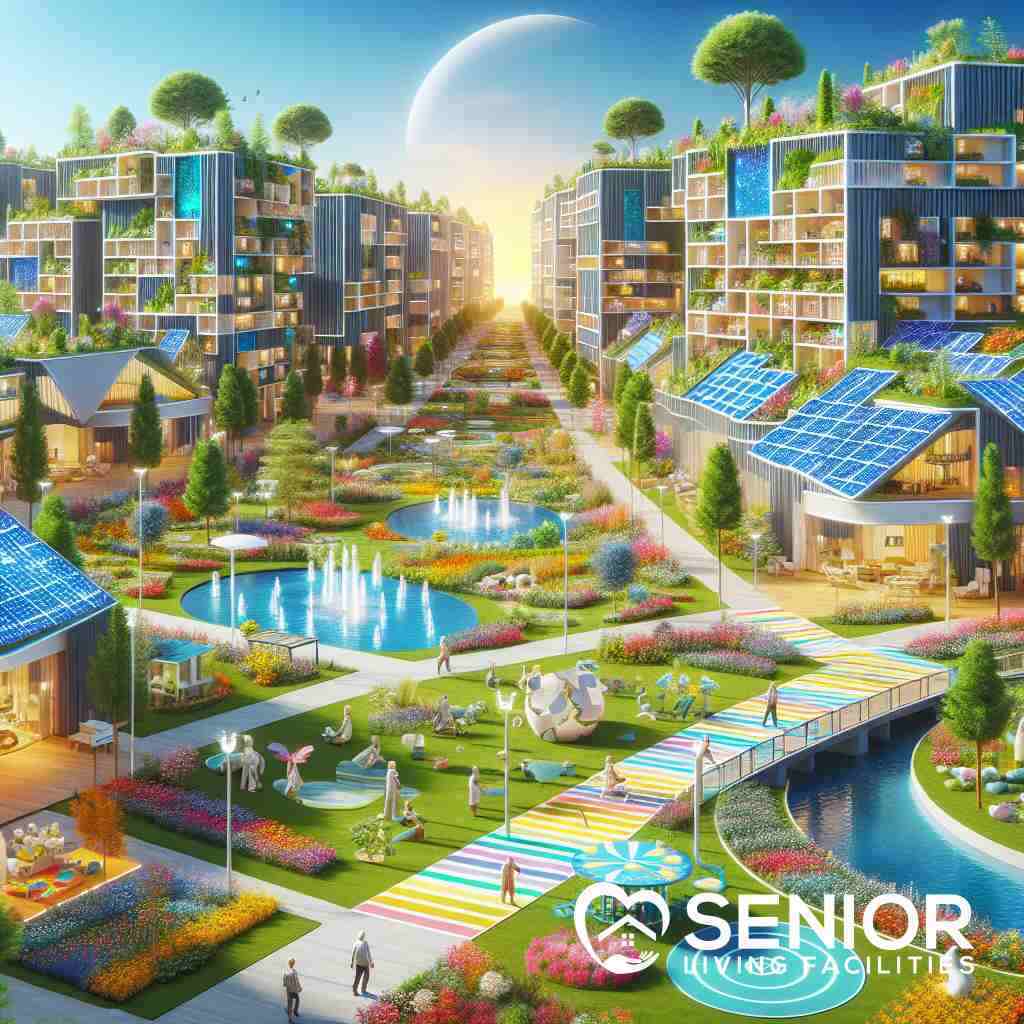
Innovations Revolutionizing Senior Care
Smart Adaptations for Aging in Place
Smart adaptations for aging in place have become essential as more seniors choose to remain in their homes for as long as possible. These innovative changes incorporate advanced aging in place options and enhance safety, comfort, and accessibility, allowing seniors to live independently while receiving necessary care. The integration of technology, such as IoT devices and smart home systems, facilitates a supportive environment tailored to individual needs. As per Senior Living Facilities, these smart adaptations redefine what it means to age gracefully in one’s own space, offering seniors a blend of autonomy and connectivity.
Incorporating health-monitoring devices, fall sensors, and automated home controls are foundational element in these smart adaptations. They are not just about convenience but about creating proactive solutions that anticipate and meet the changing needs of seniors. Many communities now design properties with these technologies embedded from the ground up, ensuring a safer and more engaging living experience. This commitment to technology-driven care highlights the forward-thinking nature of contemporary senior living strategies, proving instrumental in addressing the evolving demands of senior demographics.
Next-Generation Assisted Living Models
The emergence of next-generation assisted living models marks a profound shift in the way care is conceptualized. In locations like Michigan, assisted living models are evolving into sophisticated ecosystems that emphasize personalization and community. These new models integrate cutting-edge technology with compassionate care to deliver a holistic experience that is both engaging and vibrant. By focusing on the individual needs of residents, these facilities are embracing a philosophy that values independence while providing comprehensive support.
Next-generation models are characterized by their adaptability and responsiveness to the unique lifestyles and preferences of residents. They offer a wide range of amenities, from wellness programs and culinary options to cultural and recreational activities that enhance personal growth. By fostering an environment that encourages interaction and collaboration among residents and staff, these models promote a sense of belonging and community engagement that is crucial in modern senior living.
Immersive and Digital Senior Living Experiences
Immersive and digital senior living experiences represent the forefront of innovative senior care strategies. Leveraging advancements in virtual reality, digital health applications, and social connectivity platforms, these experiences are transforming the way seniors interact with their environment and each other. For instance, senior living wellness programs in places like Arizona are incorporating digital tools that facilitate remote health monitoring and social engagement, enhancing both physical and mental well-being.
Digital and immersive technologies are instrumental in broadening the horizons for residents, enabling them to explore new interests and maintain social connections. Through virtual tours, online classes, and interactive sessions, seniors can remain active participants in their community. This approach not only combats isolation but also enriches the daily lives of seniors, offering opportunities for lifelong learning and discovery. As digital innovations continue to advance, they serve as invaluable tools in crafting a well-rounded and fulfilling senior living experience, redefining aging in the digital age.
Holistic Approaches to Aging: Health and Wellness
Integrated Wellness Programs for Seniors
In 2025, senior living facilities prominently feature integrated wellness programs designed to support a well-rounded, healthy lifestyle. These programs are not merely about physical exercise but encompass mental, emotional, and social health, ensuring comprehensive care for older adults. Community-based activities, like yoga or meditation sessions, enhance balance and mental clarity, fostering connections among residents. Digital tools in senior care innovations facilitate these programs by offering personalized wellness plans and access to virtual health coaches. Facilities prioritize creating environments where seniors are part of a community, engaging in activities that nurture a sense of purpose and belonging, essential for longevity and happiness.
At the forefront of these integrated wellness programs is the fusion of technology and personal interaction. Facilities leverage wearables and health applications to monitor resident wellness, allowing for tailored interventions as needed. This dynamic approach ensures healthcare providers can proactively support residents’ health needs. Incorporating these contemporary wellness strategies, senior living facilities demonstrate a commitment to fostering environments that embody holistic health ideals. By addressing diverse wellness dimensions, these programs significantly enhance seniors’ quality of life, making senior living a truly enriching experience.
Creating Sustainable and Responsive Living Environments
A conscious shift towards sustainable and responsive living environments characterizes the future of senior living communities. These environments are meticulously designed to adapt to changing needs, promoting sustainable senior living options that align with modern ecological mindfulness. From renewable energy installations to efficient water use systems, sustainability is at the core of senior living architecture. Additionally, adaptive environments for seniors incorporate nature-inspired elements, such as green spaces and sensory gardens, promoting relaxation and well-being for residents.
Moreover, sustainable designs feature smart home systems that enhance safety and mobility. Automated lighting and climate control systems provide a comfortable, responsive environment attuned to residents’ preferences. These adaptations reflect the industry’s commitment to long-term sustainability and resilience, ensuring facilities surmount environmental and social challenges effectively. Combining ecological mindfulness with personalization sets a new standard in senior living, offering practical yet captivating living spaces that prioritize both planet and people.
Adaptive Lifestyles for Dynamic Aging
As the demographic map of aging shifts, so too does the notion of what senior living should embody. Adaptive lifestyles for dynamic aging highlight senior communities that accommodate evolving senior lifestyles through customized living solutions that empower individuality. By recognizing seniors’ diverse interests and active lifestyles, facilities offer myriad options allowing residents to pursue passions and hobbies without constraint.
Facilities now pivot towards offering diversified living arrangements that go beyond traditional models, fostering environments conducive to lifelong learning and personal development. From educational seminars to art workshops, these communities provide platforms for intellectual curiosity and creativity to flourish, promoting continuous growth among residents. This progressive retirement living model acknowledges that aging is not a cessation of activity but rather a continuation of vibrant living.
The emphasis on adaptive lifestyles signifies a monumental leap toward redefining aging, heralding next-generation senior communities responsive to desires for meaningful engagement. This approach effectively counters stereotypes surrounding aging, empowering seniors to experience fulfillment and excitement throughout their golden years.
Strategic Visions for Progressive Senior Communities
Personalized Elder Care Journeys
The contemporary landscape of senior living is evolving towards highly personalized elder care journeys. These journeys focus on crafting individualized experiences that cater to the unique needs of each senior. Facilities are employing sophisticated systems to assess the medical, social, and personal preferences of residents, ensuring a tailored approach to care. This trend is evident in states like California, where senior living facilities invest in staff training and develop comprehensive care plans that align with residents’ life stories and goals.
A cornerstone of these personalized journeys is the integration of innovations in senior living. Facilities utilize technology to enhance the quality of life, offering digital platforms that allow seniors to access their medical records, communicate with family, and engage with social activities. This level of personalization not only enhances satisfaction but also promotes autonomy and dignity among seniors. It is a dynamic approach that acknowledges the individuality of each resident, reinforcing a commitment to innovative senior care solutions for 2025.
Digital Tools and Tech Innovations in Senior Living
Advancements in technology in senior living are transforming how elder care is delivered. The incorporation of smart devices and platforms enhances operational efficiency and resident engagement. From virtual health consultations to wearable devices that monitor vital signs, digital tools are pivotal in maintaining seniors’ well-being. Digital tools in senior care empower facilities to provide real-time responses to residents’ needs and concerns.
As facilities become more connected, the role of technology trends in senior living is becoming increasingly significant. Innovations such as AI-driven analytics are employed to predict health trends and emergencies, allowing for proactive rather than reactive care strategies. This technological integration supports a seamless continuum of care wherein seniors can transition fluidly between different services and levels of care without disruption, ensuring a cohesive living experience.
Collaborative Strategies for Futuristic Senior Facilities
Developing collaborative strategies for futuristic senior facilities is critical in addressing the comprehensive needs of seniors. Collaboration extends beyond facility walls, involving healthcare providers, technology companies, and government agencies to formulate integrated care models. Innovations in senior living are leveraged to create environments where seniors can thrive, engaging in activities that foster both mental and physical health.
These collaborative efforts are bridging gaps across different sectors, ensuring facilities can adapt to changing needs as the demographic landscape evolves. In states like Tennessee, facility operators are implementing senior living strategies in Tennessee that emphasize partnership-driven approaches, facilitating access to broader resources and services for residents. This strategy not only enhances the quality of care but also ensures a sustainable model that can accommodate future generations of seniors. The integration of these strategies positions senior living communities to lead the charge in redefining what it means to age effectively and healthily in the 21st century.
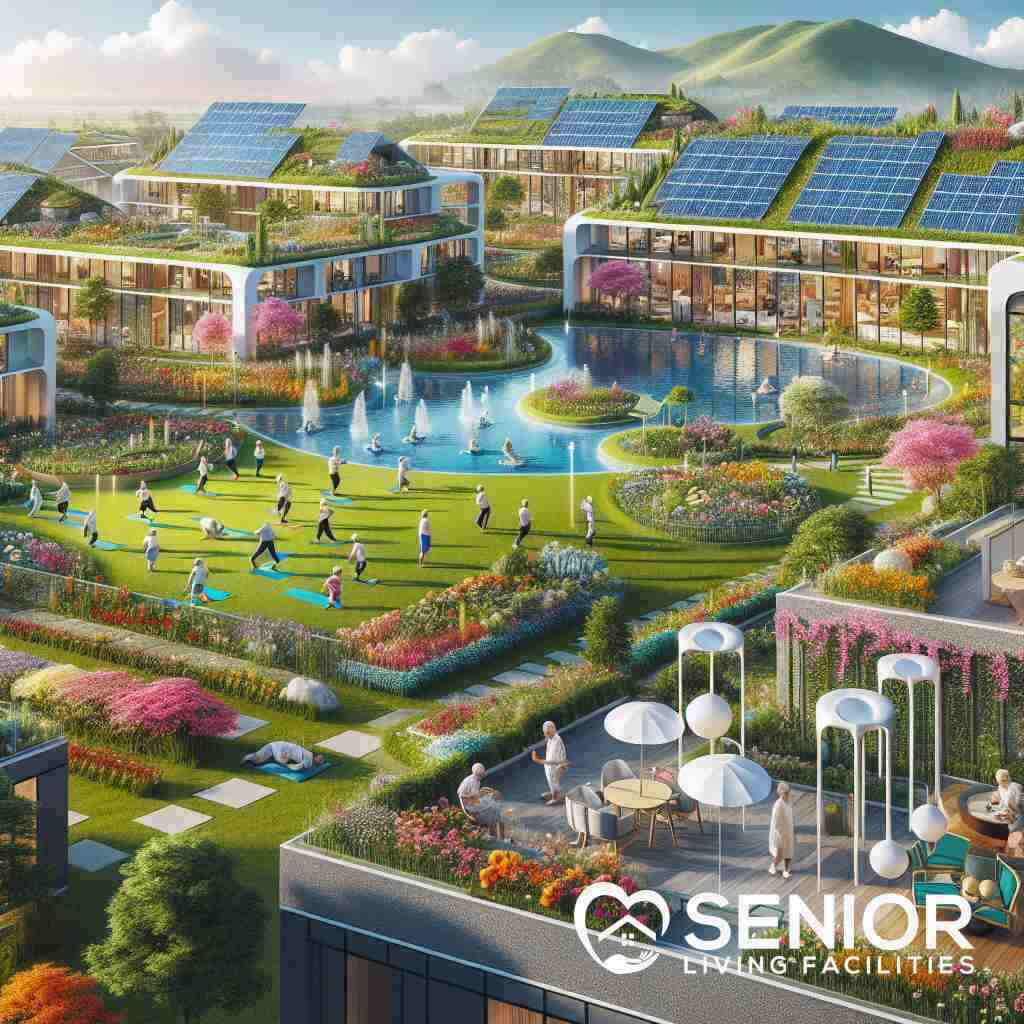
Conclusion: Embracing the Future of Senior Living
Reflecting on 2025 Senior Living Innovations
As we reflect on the landscape of senior living in 2025, it’s evident that innovations are at the forefront of transformation. From integrating cutting-edge technologies to enhancing community engagement, senior living facilities are evolving at an unprecedented pace. These advancements ensure that seniors enjoy a higher quality of life, with personalized care solutions that meet their unique needs. The incorporation of innovative senior care solutions for 2025 has been pivotal in redefining the standards of elder care. By embracing a comprehensive approach, these innovations are setting a new benchmark for what senior living can and should be.
The Path Ahead for Senior Communities
Looking forward, the journey for senior communities involves continuous adaptation and resilience. As demographics shift and more people choose alternative aging pathways, senior living will have to be responsive and proactive. Communities must keep pace with evolving expectations of the aging population, ensuring they provide not only care but also enrichment. The focus should remain on creating adaptive environments for seniors that nurture growth and independence. By integrating sustainable practices and fostering collaborations with healthcare providers, senior living communities can evolve into dynamic environments that empower residents. This strategic vision aligns well with the senior living strategies in Tennessee, highlighting the importance of forward-thinking approaches in transforming senior care.
Inspiring Senior Living Transformations
The transformation within senior living spaces is both inspiring and necessary. These changes reflect a broader societal shift towards viewing aging as a continuation of vibrant living, rather than merely a decline. By implementing senior housing in Florida as a model, facilities across the country are redefining communal living, emphasizing both individuality and community. As these transformations unfold, they offer a blueprint for future generations, ensuring that senior citizens can lead purposeful and fulfilling lives. Through innovation and dedication to holistic care, the senior living sector is set to usher in a new era of empowerment and respect for its community members. The continuous evolution in this field is a testament to society’s commitment to embracing the aging population with dignity and hope.
Frequently Asked Questions
Question: How do Senior Living Facilities incorporate technology in senior living to enhance resident experiences?
Answer: Senior Living Facilities actively integrates cutting-edge technology in senior living communities to enhance resident experiences. By utilizing smart home innovations and digital tools for senior care, we ensure seamless communication between residents, caregivers, and family members. This effort not only amplifies connectivity but also ensures higher safety standards. Our communities, such as those highlighted in senior living near you, are equipped with technology that supports daily activities and health monitoring, providing a comprehensive, responsive, and secure environment for residents.
Question: What are some advanced aging in place options offered by Senior Living Facilities?
Answer: At Senior Living Facilities, we provide advanced aging in place options that allow seniors to remain in their homes for as long as possible. These include smart adaptations such as health-monitoring devices, automated home controls, and fall sensors. These technologies are designed to enhance safety, comfort, and accessibility, supporting an independent lifestyle while ensuring essential care services are always available. By incorporating these smart adaptations, Senior Living Facilities ensure residents can age gracefully and independently.
Question: Can you explain how immersive senior living experiences are part of the future of senior living according to Decoding Senior Living Dynamics: A 2025 Perspective?
Answer: The blog Decoding Senior Living Dynamics: A 2025 Perspective emphasizes the significance of immersive senior living experiences as a vital component of the future of senior living. At Senior Living Facilities, we incorporate digital innovations like virtual reality and social connectivity platforms to enrich residents’ daily lives. These immersive experiences combat isolation and encourage social engagement, allowing seniors to explore new interests and maintain active social connections. Our communities, which reflect the senior housing trends of 2025, are committed to providing vibrant and engaging environments where seniors can thrive.
Question: How do Senior Living Facilities ensure sustainability and adaptability in senior living environments?
Answer: Senior Living Facilities is dedicated to creating sustainable and adaptable senior living environments that align with modern ecological mindfulness. Our communities incorporate renewable energy sources and efficient water use systems, along with automated smart home technologies that enhance safety and comfort. These adaptive senior living environments are designed to respond dynamically to residents’ changing needs, ensuring that our communities remain both environmentally sustainable and resident-centric. The sustainable senior living options set a new standard for future-ready living spaces that prioritize well-being alongside ecological responsibility.
Question: What are the benefits of personalized elder care journeys as offered by Senior Living Facilities?
Answer: Personalized elder care journeys at Senior Living Facilities focus on tailoring each resident’s experience to their unique needs and preferences. Our facilities employ sophisticated systems to assess medical, social, and personal aspects of residents’ lives. By integrating technology in senior living, we offer platforms that allow residents to easily access their medical records and communicate effectively with caregivers and families. This personalized approach fosters autonomy, dignity, and satisfaction, making Senior Living Facilities a trusted choice for innovative senior care solutions for 2025.
